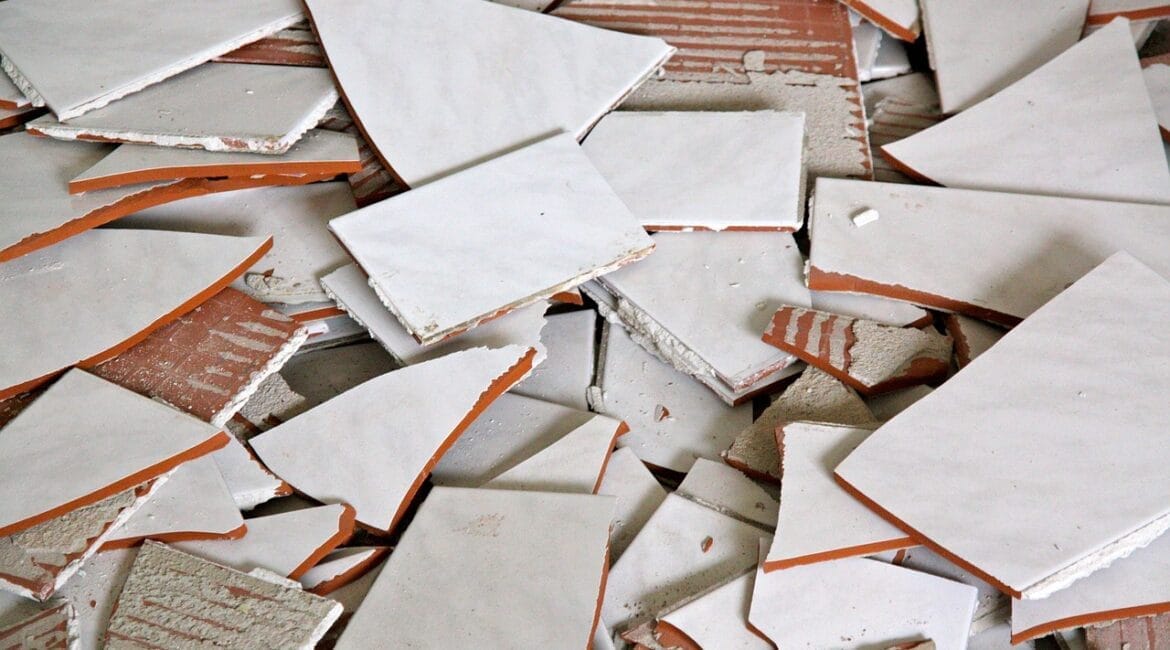Losses on construction sites are hidden costs
According to a report by the Federation of Construction Entrepreneurs, 10–15% of building materials end up wasted due to errors, theft, or poor management.
Here are 6 of the most problematic material types and proven ways to reduce losses — including how Contractors.es can help.
1. Cement and mortars
Problem:
Drying out (open bags, improper storage)
Incorrect dosing (excess mixture that loses its properties)
Theft (easy-to-sell material)
How to prevent it:
✔ Store in dry, closed spaces — use airtight containers.
✔ Mix only the amount needed.
✔ Monitor deliveries.
2. Wood and boards (OSB, drywall)
Problem:
Mechanical damage (improper transport or storage)
Warping (moisture, no supports)
Theft (popular material on the “black market”)
How to prevent it:
✔ Store on supports — at least 20 cm above the ground, under cover.
✔ Label and inventory — scan barcodes when issuing materials (feature available in Contractors.es).
✔ Order just-in-time — avoid excess stock on-site.
3. Insulation materials (styrofoam, mineral wool)
Problem:
Damage during cutting/installation (execution errors)
Improper storage (compression, moisture)
Cutting waste (poor planning)
How to prevent it:
✔ Train teams on precise cutting and installation to minimize waste.
✔ Use accurate cutting tools (e.g., hot wire cutter for styrofoam).
✔ Plan exact quantities in advance.
4. Ceramics (tiles, clinker)
Problem:
Cracking during transport or storage
Order errors (too much or too little)
Theft (high-value material)
How to prevent it:
✔ Inspect deliveries on-site — report damage immediately (photograph and document in the system).
✔ Order with a 5% reserve (no more!) — Contractors.es helps track consumption in real time.
✔ Store on pallets, separated by production batches.
5. Pipes and installations (copper, PVC)
Problem:
Theft (copper is especially vulnerable)
Damage during installation (bending, cracking)
Incorrect cutting (sections too short)
How to prevent it:
✔ Secure the site — use monitoring and locked containers.
✔ Use precision cutting tools (e.g., pipe cutters).
✔ Record material usage — every pipe segment should be assigned to a specific task (mobile app feature).
6. Paints, adhesives, and sealants
Problem:
Drying out of opened containers
Incorrect dosing (excess use)
Expiration (unused leftovers)
How to prevent it:
✔ Buy smaller packages — matched to project stages.
✔ Store in shaded areas (avoid drying).
✔ Track expiration dates.
How Contractors.es helps reduce material losses
✔ Usage monitoring – know exactly how much and where materials are used.
✔ Integration with schedules – materials are available when needed, without surplus.
✔ Loss reports – identify the most wasteful areas.
✔ Delivery control – compare invoices with actual usage.
Less waste = more profit
Material losses are not only purchase costs — they also cause:
Delays (waiting for missing supplies)
Penalties (for missed deadlines)
Reduced margins (unexpected expenses)
The solution?
Systematic control — from ordering to storage to usage.
Contractors.es provides tools to automate this process and save thousands annually.
Want to reduce losses in your company?
Schedule a free demo — we’ll show how to track materials with Contractors.es.
Try the demo version — see how easy inventory management can be.
